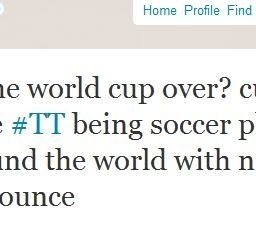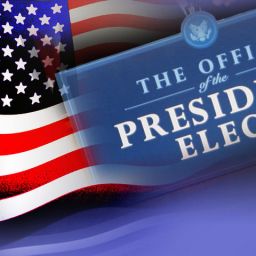by Raizel Liebler & Keidra Chaney
Last year, we wrote an article published in Pace Law Review about how social media usage interacts with employment, institutional “voice” and the rights of individuals to express themselves. In a series of posts, we are sharing edited portions of the article to more fully share our ideas. If you are interested in citing this paper in an academic (or quasi-academic) setting, please use the full published version: Here We Are Now, Entertain Us: Defining the Line Between Personal and Professional Context on Social Media, 35 Pace L. Rev. 398 (2014)
Introduction
Social media platforms such as Facebook, Twitter, and Instagram allow individuals and companies to connect directly and regularly with an audience of peers or with the public at large. These websites combine the audience-building platforms of mass media with the personal data and relationships of in-person social networks. Due to a combination of evolving user activity and frequent updates to functionality and user features, social media tools blur the line of whether a speaker is perceived as speaking to a specific and presumed private audience, a public expression of one’s own personal views, or a representative viewpoint of an entire institution. However, the intent of the speaker is frequently lost to the wide and diverse breadth of social media audiences or obscured due to the workings of the specific social media platform being used.
Social media also creates new challenges and previously unheard of issues for both individuals and companies, including the gray area between personal statements intended for peers and commentary geared toward the public at large. Even before the advent of social media there have been examples of how this gray area impacts both individuals and business, most specifically when individuals post inappropriate or personally damaging personal information online. This information may range from evidence of crimes, confidential professional information, threats, racist or sexist statements, or ill-conceived statements of personal opinion.
Due to a combination of evolving user activity and frequent updates to the functionality and user features of social networking websites, these platforms often complicate the issue of who the perceived audience is: a selected group of peers, or the public.
On social media platforms, individuals often attempt to define a line between conversation intended for a specific, limited audience, an outward expression of one’s own views, or a representative viewpoint of an entire institution. However, that line is not always easily recognized by a wide and diverse breadth of social media audiences or shown by the social media platform being used.
In this article, we ask the question: should the job of drawing the line between personal and professional speech lie with the individual? Should the divide be clearly determined by the functionality of the social media platform or by third party processes and procedures such as organizational social media policies or by state/federal law?
This issue of personal versus professional speech becomes increasingly relevant not only to public figures such as celebrities or athletes, but to anyone whose online or social media presence is directly or indirectly connected to a larger institution, such as a workplace or educational institution.
As social media platforms and online culture encourage “transparency” and open sharing of personal details online, it is not always easy to determine when personal versus professional viewpoint is being represented via social media channels.
When an individual shares a controversial opinion outside of work, it is not necessarily representative of their workplace, yet may be perceived as such. When does an employer have the right to monitor or dictate an individual’s online communications?
The line is difficult for everyone to walk – from the perspective of both employers and employees, considering that employees generally want to remain employed and employers generally want to minimize anything negative reflecting back on the employer.
In this article, we discuss the tenuous balancing act between the interests of a brand/employer with those of the individual/employee regarding social media communications. We conclude that the challenges in developing law and policy around social media speech are due to a number of issues, including the rapid pace of development of social media platforms. Social media gives greater access into the lives of individuals due to emerging social norms that encourage open sharing of personal information online. At the same time, social media tools are used by companies to promote a curated brand identity for marketing purposes.
Social media policies created both internally by employers and those established by law and policymakers focus almost exclusively on the interests of companies regarding social media, rather than the individual interests of those who participate on social media to connect with peers.
We conclude that the present approach that federal financial regulators take regarding social media is the closest to a well-balanced test as presently available – in this test, whether an employer can take action against an employee is grounded on whether a statement could be seen as directed by or an official statement of the employer. A national standard following this overall approach would best balance the interests of both employers and employees.




